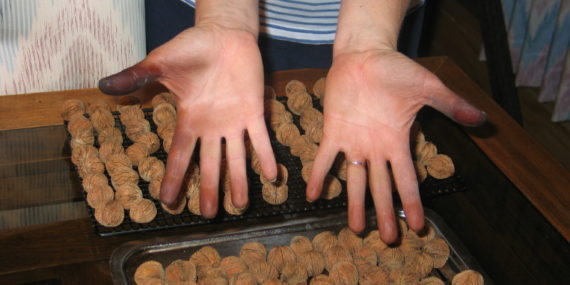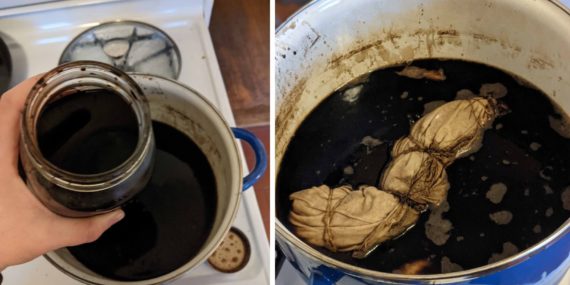Walnuts, pecans, and hickories are members of this nut-tastic plant family. In this article we’ll delve into fascinating world of walnuts and walnut relatives. Beyond just the common walnut, many of us in the temperate parts of the world will recognize (and perhaps cringe at) the black walnut. There are in fact several other species of walnuts, many in South America. We’ll also explore how pecans and hickories are related as well as the many fun uses—both edible and decorative—for plants in this family.
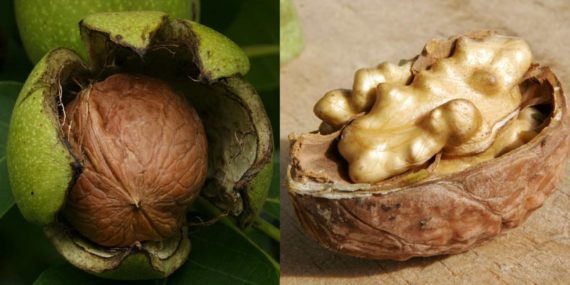
The fruits of Juglandaceae species are divided into two or three sections that split apart to reveal the nuts. Credit: Wikipedia Commons
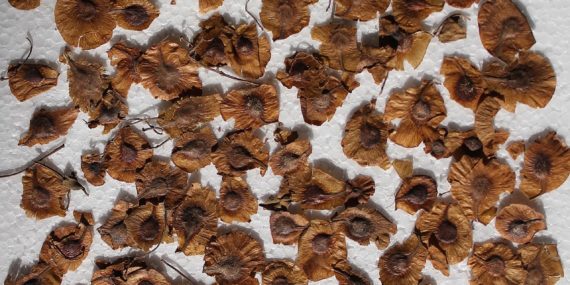
Hickories, Pecans, and Walnuts: What’s the Difference?
First, a little nut 101. What we commonly refer to as “pecans” are actually a type of hickory. The 18 species of hickories include the Asian hickories and North American “true” and “pecan” hickories.
The “true” hickories include the pignut hickory, shagbark hickory, and others. Shagbark hickory (Carya ovata) is a common deciduous tree in North America. Their name comes from their shaggy bark.
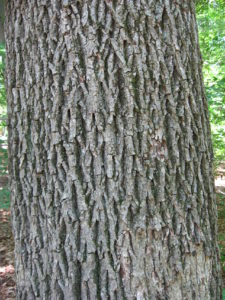
The “pecan” hickories frequently grow in swampy areas. The common pecan, Carya illinoinensis, is native to the southern U.S. and northern Mexico.

As for the walnuts, there are about 20 species of them. The common walnut (Juglans regia) – sometimes also referred to as Persian or English walnut – is native to Eurasia where its spread was historically initiated by Romans and carried on by Silk Road merchants and English colonists. The largest natural walnut forests are in high-altitude regions of Kyrgyzstan.
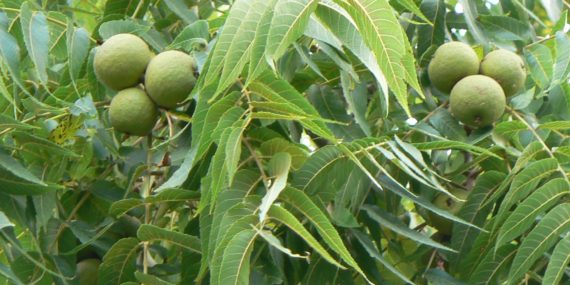
Aside from their preeminent value as a source of nuts and flavorful oil, walnut trees are common ornamental trees. Although all walnut species’ nuts are edible, the common walnut (J. regia) is the most commercially important followed by black walnut (J. nigra). Black walnut is one of the most abundant trees in the U.S.
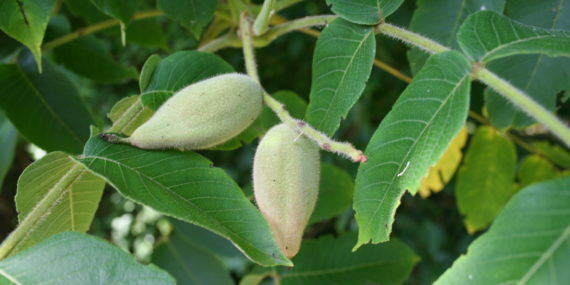
Walnuts aren’t just from Eurasia. The Andean walnut or nogal (J. neotropica) grows in northwestern South America in high-altitude cloud forests of the Andes. The nut is harder to crack than common walnuts but has comparable flavor and is sold in farmers markets. Its wood is one of the most expensive woods in South America. Andean walnut is just one example of many cloud forest walnut trees that grow in Central and South America.
This family’s plants are particularly vulnerable to disease and fungal attack. Perhaps this susceptibility is the reason behind their ability to launch chemical warfare. Some readers will be familiar with the nuisance of black walnuts due to their release of juglone, which stunts the growth of other garden plants. The compound is a defense mechanism against competitors for resources. Even after a tree is removed, the juglone can remain in the soil for years as the plant matter continues to break down.
Edible Nuts
The leaves and nuts of plants in this family often are often aromatic. To me, the smell of walnuts is reminiscent of a woodsy almond peach. Half of the world’s walnuts are produced in China, followed by the U.S. and Iran. Walnuts are especially prominent in Iranian cuisine.
Walnuts can be eaten as immature green fruit or as mature kernels cracked from the nut. Their many uses include:
- pickled (United Kingdom)
- preserved in syrup or jam (Armenia)
- desserts such as confections and pastries (e.g., baklava)
- liqueurs like Nocino and Nocello (Italy)
- sauces and pastes for satsivi walnut chicken (Georgia) or Circassian chicken (Turkey)
- soup, both savory and sweet (e.g., Hup Tul Woo, a sweet Chinese walnut dessert soup)
- cooking oil – best used sparingly in salad dressings and other non-cooked dishes
- simply eaten dried and plain (e.g., for Diwali in India)
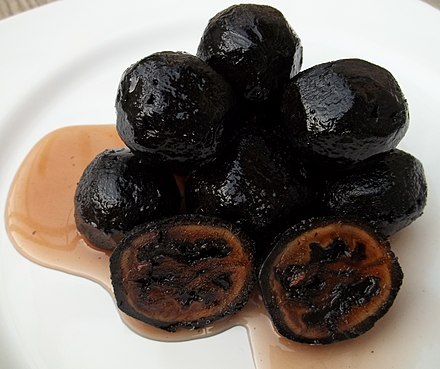
Although common walnuts are the preferred edible walnut, the nuts of Eastern black walnut (Juglans nigra) have a distinctive taste that makes them treasured in pastries, confections, and ice cream. I particularly like black walnut syrup.
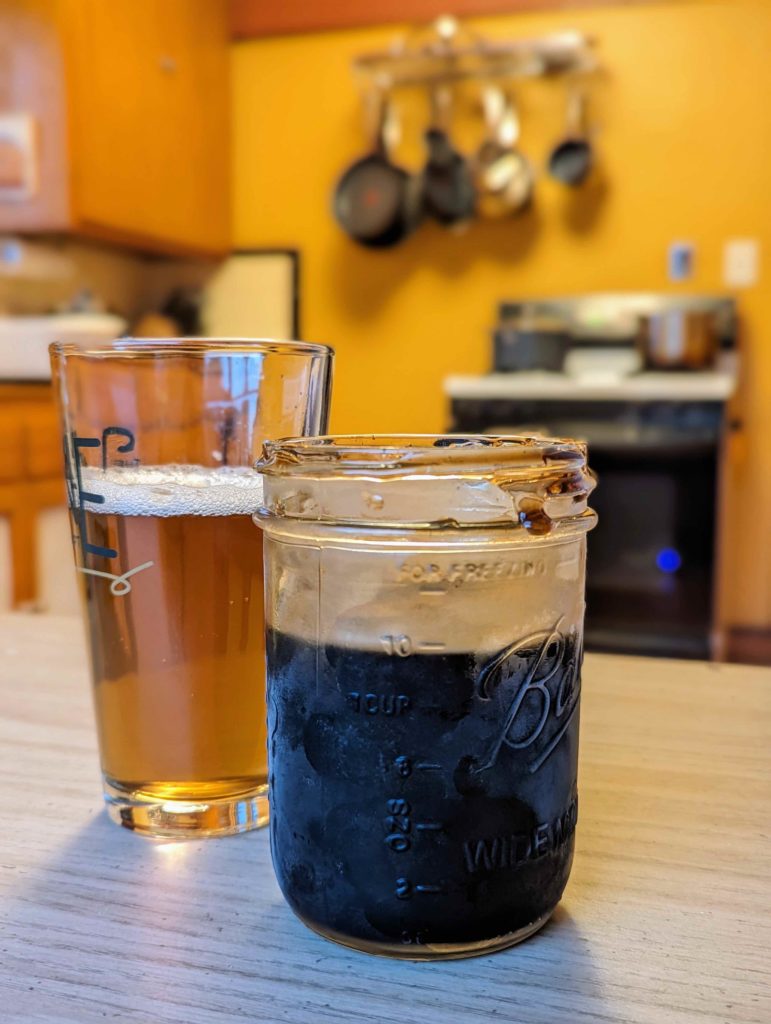
Hickories and pecans, though less common, are also delicious. Pecan pie, anyone? The word “hickory” comes from an Algonquian language and originally indicated either the nut or the milky drink made from the nuts. Native Americans used the seed kernel to produce milk for corn cakes and hominy. They are a particularly significant source of fat and protein in the diets of animals. Both walnut and hickory trees can be tapped for syrup.

Asian hickory nuts are eaten fresh and pressed for cooking oil. The peeled and roasted nuts of Chinese hickory (Carya cathayensis) are a popular specialty in Hangzhou. Hunan hickory nuts (C. hunanensis) are eaten fresh or combined with ginger, sugar, and orange for chest and cough medicine.
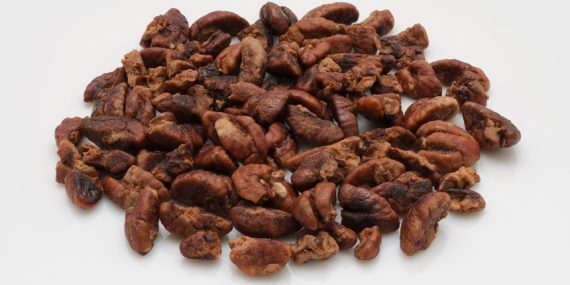
Valuable Wood and Dye
This plant family is a major producer of valuable wood for tools, furniture, veneer, décor, and more. Moreover, walnut shells’ abrasiveness makes them an environmentally friendly cleaning alternative.
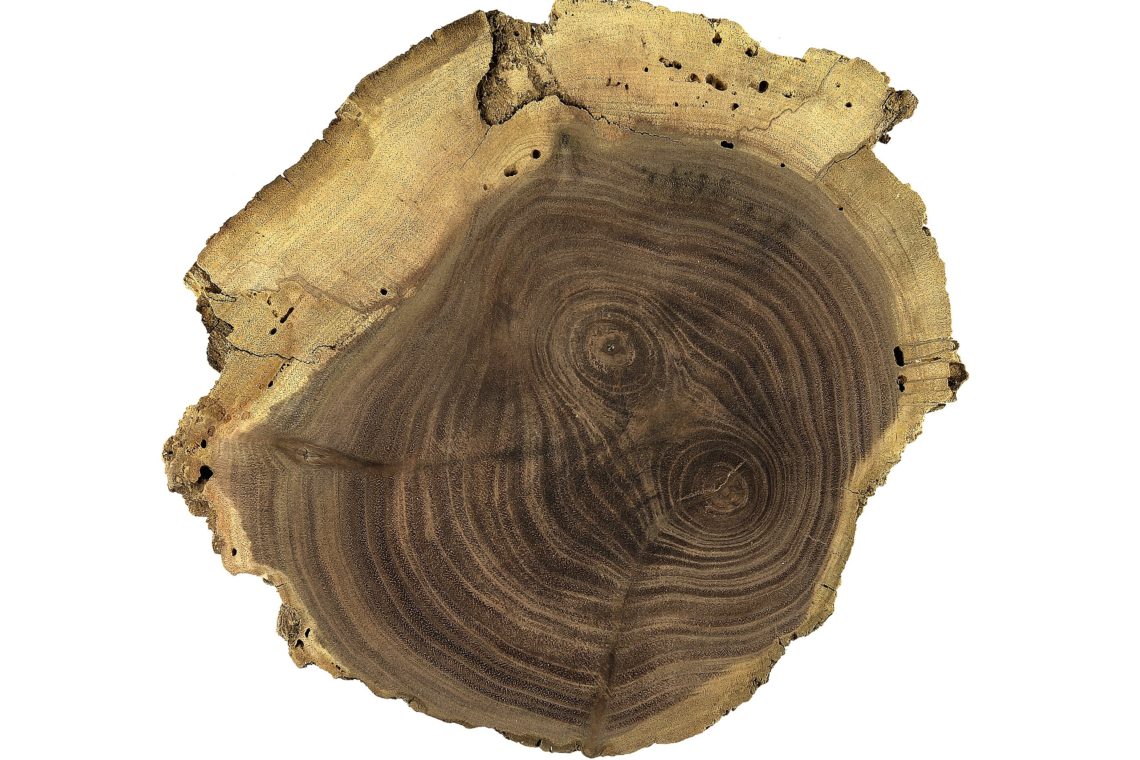
The family provides dyes as well. Walnut husks are used to dye fabric, yarn, and other materials because they don’t require a mordant (which fixes color to a material permanently)—they’ve even been used to dye hair. In fact, they easily stain hands and other surfaces. Early Americans used butternut bark and nuts to dye cloth; in the mid-19th century, such folk were known as “butternuts” from the butternut-dyed homespun cloth they wore.
